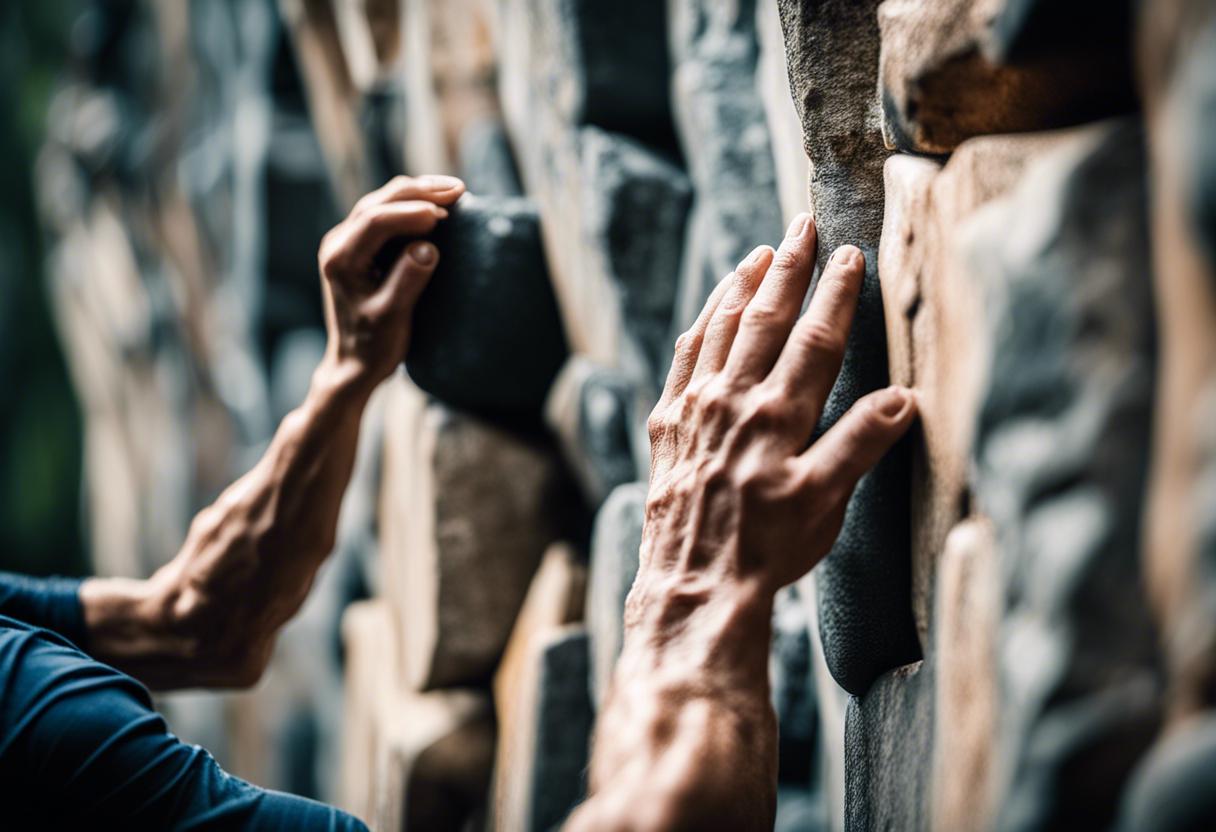Initially, the participants placed both their hands on a handgrip and one foot against the wall. As the buzzer rang, the pair of ladies launched themselves upwards, picking up momentum as they clung onto each subsequent grip. They were participating in Speed Climbing, an exhilarating vertical sprint up a 15-metre wall, akin to scaling a five-story building.
Men conquer this height in less than five seconds, while the women manage in about six. The first one touching the buzzer affixed at the top is victorious, often seeming to defy gravity with a speed exceeding general expectations.
This sport debuted in the 2020 Tokyo Olympics although its induction was somewhat contentious. This year in Paris, however, it stands as an independent medal event, following criticisms of it being merged with Boulder Climbing and Lead Climbing – the resemblance between these was contested as Speed Climbing demands a unique set of skills.
A few days back, Aleksandra Miroslaw from Poland scaled the wall in a record-breaking 6.06 seconds, marking an international and Olympic feat. On the men’s front, Texan teen Sam Watson set a new global record, ascending in a 4.75 seconds, denoting a vertical speed of approximately three metres per second.
Aspirations of elite male Speed Climbers are particularly ambitious – they aim for sub-five-second climbs. Watson’s milestones are extraordinary noting that he broke an American speed record a year after becoming, at 16, the youngest ever male medalist in a World Cup event in 2022.
At the Le Bourget Climbing Venue in the northern region of Paris, all eyes were on Miroslaw. She was the clear favourite among the women competitors who embarked on their final climbs that morning. As observers watched them swiftly ascend the imposing wall in the open-air amphitheatre, the flurry of their limbs became almost an optical illusion.
The climbers’ rapid, blurred motion appeared magical and a bit uncanny, suggesting the movement of a quadruped than a biped. These elite contestants do not linger to utilise every grip but seem to glide over the wall, selectively using handholds.
Calling the actions of finalists Miroslaw and Lijuan Deng ‘climbing’ might be a bit of an overstretch as they have meticulously rehearsed the route countless times. The sequence of their moves has become less of a conscious decision, and more of an automatic response.
The 21-year-old American, Emma Hunt, hailing from Georgia, was unfortunately eliminated during the quarter-finals due to a foot grip mishap. This inadvertent accident cost her a potential medal, underpinning how crucial precision is in this sport. Though one might fear that a slip might lead to a fall, all climbers are safely belted to prevent any injuries.
Timekeeping isn’t of much significance in this sport, unless recording for history. Progression to further rounds solely depends on which athlete manages to hit the buzzer first. Climbing is a sport that intertwines physical strength, agility, quick reflexes and accuracy.
The climbing wall is strictly designed to incline at five degrees, with a specific surface texture. Moreover, the climbing path is always fixed—two lanes stretching three metres with standardised holds created by accredited makers. This uniformity ensures that times and records can be compared across various nations.
The day belonged to Miroslaw once more, though she didn’t surpass her own world record. She claimed the title of the first Olympic Speed Climbing champion with a victorious climb of 6.10 seconds—just a hair’s breadth slower than her own record, and slightly faster than her competitor Deng from China. Deng had her personal best of 6.18 seconds.
Miroslaw protested that her focus was solely on her performance and not on her rival. “I remained focused on each round as they came,” she stated post-competition. “I didn’t dare look to the right or bother about the times.”
For this round of competition, there was an absence of Irish athletes, continuing the trend from Tokyo 2020. However, considering Ireland’s recent successes in Olympic sports and a growing enthusiasm for the event, it’s possible that we might witness some Irish athletes at Los Angeles in the coming four years.

